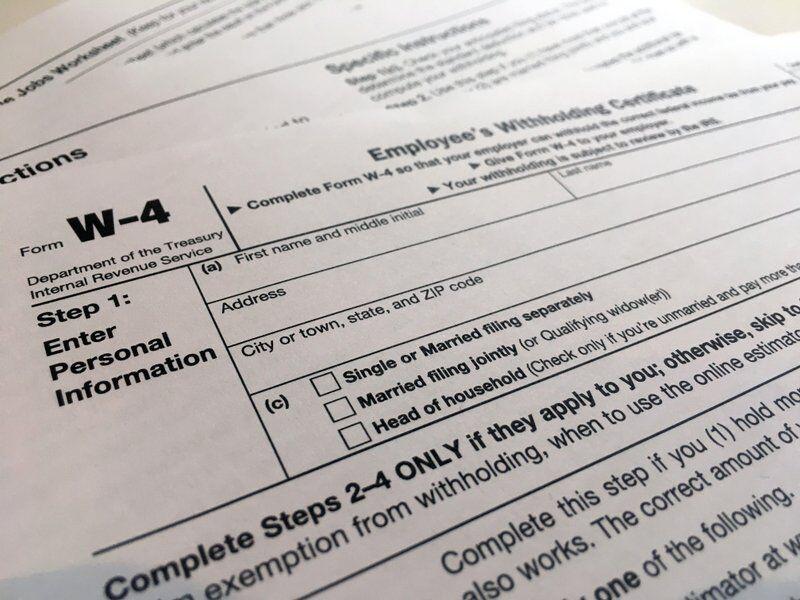If you follow stock market you’ve probably heard a lot of references to bulls and bears in general. But what do these animals have to do with investments? Let’s look at what people think when they say someone is bull or bearish.
Contents
What does it mean to be bullish?
When someone is bullish, it means they expect prices to rise over a period of time. The term refers to broad market indices such as the S&P 500, certain industries or even entire asset classes, such as real estate or goods. It might help when you think of a bullish bull raising its horns and remembering that being a bull means expecting prices to be higher.
The bull market does not have a specific definition, but it is a sustainable period when prices rise and which is usually expected to continue. The bull market is thought to have typically occurred when prices rose 20 percent or more from the recent low. The bull market can last for years as well as stocks ranging from the lowest levels of the financial crisis in 2009 to global pandemic hit in March 2020
What does it mean to be bearish?
On the other hand, being bearish means expecting prices to fall over time. This term also refers to any financial asset and could be used to describe the prospects for individual stocks, such as Apple, or stocks in general. To make it easier to remember that bears mean falling prices, think of a bear clawing at its prey.
The bear market is basically the opposite of the bull market, which means it is an extended period of falling prices. The bear market mostly happens when prices fall by at least 20 percent from a recent high. Bear markets in history have not lasted as long as the bull market in the stock market. The U.S. stock market entered the bear market in March 2020 when prices fell more than 30 percent in just a few weeks. But the recovery was almost as rapid, after a new bull market began later that year.
How to invest during a bull or bear market
If you could predict when the bull or bear market would start and end, you can adjust your investments to take advantage of changing conditions. The reality is that when investors become clear of the bull and bear markets, it is probably too late to take advantage of the change.
For stocks, it is important to keep in mind that they are part of your long-term investment plan and that you will experience both types of markets during your investment. Stocks tend to grow more than they fall over time, so you’re likely to see more bulls than bear markets. Consider posture low price fund indices long term and know that ups and downs can be expected.
One approach that can help you take advantage of the downturn and movement of the market is known as averaging dollar costs. By making consistent contributions and investments over time, you can buy more stocks when prices are lower and fewer stocks when prices are higher. These contributions can be part of a workplace retirement plan like 401 (k) or its traditional or Roth IRA.
The bottom line
Bulls think prices are rising, while bears think they have gone lower. Try not to get caught trying to predict when the bull or bear market may start or end. See the article : UPDATE 1-Tajikistan earthquake kills five-emergency committee. Imagine your investments as part of your overall financial plan and try to take a long-term view.
Learn more:
Editorial Statement: All investors are advised to independently research investment strategies before making an investment decision. See the article : Should You Invest Your $1,400 Stimulus Check? | Business. In addition, investors are advised that the current performance of investment products is not a guarantee of future price increases.




